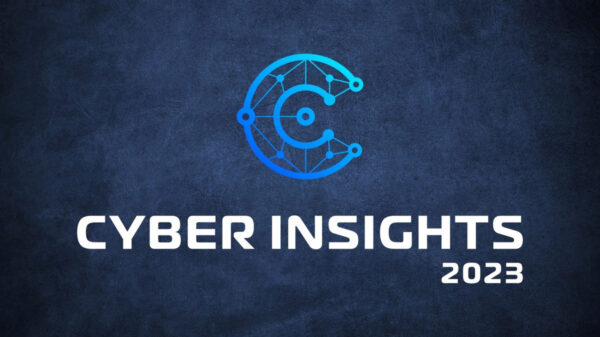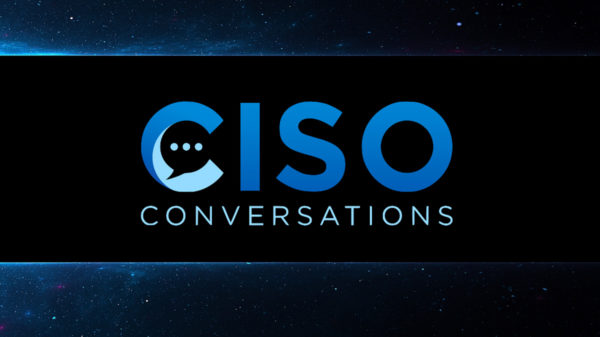Researchers at the Georgia Institute of Technology have demonstrated the potential impact of ransomware on industrial control systems (ICS) by simulating an attack aimed at a water treatment plant.
David Formby, a Ph.D. student in the Georgia Tech School of Electrical and Computer Engineering, and his faculty advisor, Raheem Beyah, identified several commonly used programmable logic controllers (PLCs) and tested three of them to determine how easily they can be hacked.
Once the devices were tested, including their password security and susceptibility to unauthorized configuration changes, the experts combined them with tubes, pumps and tanks in order to simulate a water treatment facility.
The attack simulation shows how an attacker with access to the PLCs can close valves, display false information to the operator, and increase the amount of chlorine added to the water.
“We were able to simulate a hacker who had gained access to this part of the system and is holding it hostage by threatening to dump large amounts of chlorine into the water unless the operator pays a ransom,” Formby said. “In the right amount, chlorine disinfects the water and makes it safe to drink. But too much chlorine can create a bad reaction that would make the water unsafe.”
Formby and Beyah discovered 1,400 instances of a single PLC type being accessible from the Internet, and pointed out that the organizations housing them often believe the devices are not vulnerable to attacks.
Related: Exploring Risks of IT Network Breaches to Industrial Control Systems (ICS)
Ransomware attacks typically target data, even if the victim is a critical infrastructure organization. Last year, the Board of Water and Light (BWL) in Lansing, Michigan, was targeted with ransomware, but the attack affected its corporate network and there was no disruption to water or energy supplies.
However, Formby, Beyah and other experts believe profit-driven cybercriminals could increasingly attack ICS, especially since these systems are often poorly protected.
Experts recently raised concerns about ransomware being brought into the industrial domain when KillDisk, a disk-wiping malware used in high-profile attacks aimed at ICS, had been modified to include ransomware capabilities.
UPDATE. The researchers have published a paper detailing the ransomware, which they have dubbed LogicLocker.
Related: Learn More at the 2017 Singapore ICS Cyber Security Conference
Related: Ukraine Power Company Confirms Hackers Caused Outage













